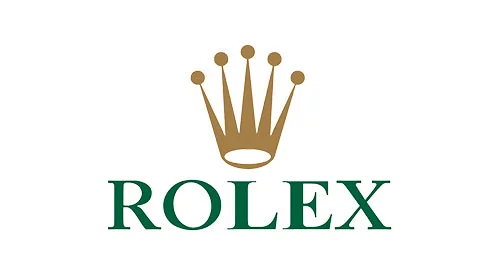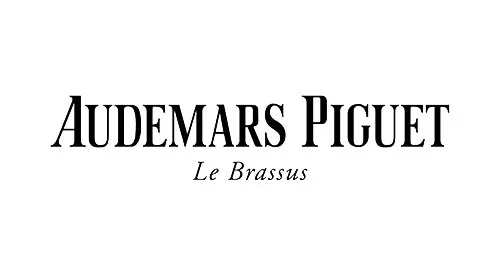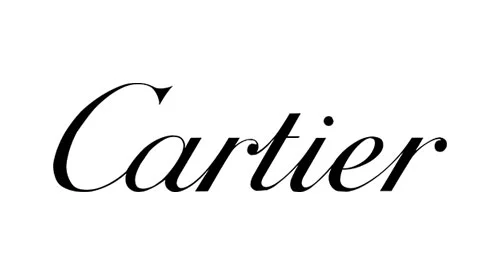Understanding the Varied Functions Beyond Basic Timekeeping
A watch complication is essentially any feature in classic watches that goes beyond the primary function of displaying the time. These complications range from simple to highly intricate, offering diverse utility and sophistication. For example, a basic date display you might check before signing a document is a form of complication. However, it’s far more straightforward than a split-second chronograph for timing sports events or a world-time function handy during international travel. Let’s navigate the complications of luxury watches, from the simplest to the most mechanically intricate, showcasing examples of each.
Date Complications:
- Date Window (e.g., Rolex Sea-Dweller): Commonly seen as a small aperture on the dial, typically at 3, 4:30, or 6 o’clock, displaying the date. It’s a straightforward yet essential feature, often enhanced with a magnifying lens for better visibility.
- Large date (e.g., A. Lange & Sohne): Also known as a “big date” or “panorama date,” this version utilises two discs for the date display, each numeral appearing in its framed window. This design is a signature of high-end brands, offering a clearer view of the date.
- Pointer Date (e.g., Oris Big Crown): This design employs a hand that circles the dial, pointing to the current date. It adds a classic touch and is a stylistic choice for those who appreciate a more traditional look.
- Day/Date (e.g., Junghans Meister Day-Date): This complication shows both the day and date, usually in adjacent windows. It’s a practical feature for those who need a quick reference to both.
Calendar Complications:
- Triple Calendar (e.g., Longines Master Calendar): A step up in complexity, displaying the day, date, and month. Some models include a moon-phase indicator, combining practicality with aesthetic appeal.
- Annual Calendar (e.g., Laurent Ferrier Galet Annual Calendar): Requires adjustment only once a year, accounting for the varying lengths of most months. It’s a blend of mechanical ingenuity and user convenience.
- Perpetual Calendar (e.g., Patek Philippe Perpetual Calendar Chronograph): The epitome of calendar complications, accurately tracking the day, date, month, and often moon phase for many years, including adjustments for leap years.
Chronographs:
- Standard Chronograph (e.g., Bulova Chronograph C): Measures elapsed time with additional subdials and pushers for operation. It’s a popular choice for its functionality and sporty appearance.
- Flyback Chronograph (e.g., Frederique Constant Flyback Chronograph): Allows instant reset and restart of timing, a feature valued in fast-paced environments.
- Split-Seconds Chronograph (e.g., Vacheron Constantin Traditionnelle Split Seconds Chrono): Features two seconds hands for timing multiple events simultaneously. It’s a marvel of watchmaking, combining precision with intricate mechanics.
Chronograph Scales:
- Tachymeter (e.g., Jaeger-LeCoultre Polaris Chronograph): A scale for measuring speed commonly found on watches with a motorsport influence.
- Pulsimeter (e.g., Montblanc Heritage Pulsograph): Designed for measuring heart rates, often referred to as a “doctor’s watch.”
- Telemeter (e.g., Tissot Telemeter 1938): Used to measure distance based on sound and sight, like the distance of a thunderstorm.
- Slide Rule (e.g., Breitling Navitimer): A tool for pilots and navigators used for various flight-related calculations.
Travel Complications:
- GMT/Dual Time (e.g., Tudor Black Bay GMT): Displays time in multiple time zones, essential for travellers and those with international connections.
- World Timer (e.g., Omega Aqua Terra World Time): Shows time across all 24 time zones simultaneously, ideal for global awareness.
Moon-Phase (e.g., Zenith Elite Moon-Phase): A romantic and historical feature that displays the lunar cycle.
Power Reserve Indicator (e.g., Panerai Luminor): A practical feature that shows the remaining energy in the watch’s mainspring.
Mechanical Alarm (e.g., Vulcain Cricket): An audible reminder feature useful for various time-sensitive tasks.
Tourbillon (e.g., Breguet Tradition Tourbillon): A high-end feature more for aesthetic appeal and craftsmanship showcase than a functional necessity.
Minute Repeater (e.g., Jaquet Droz Bird Repeater): An intricate and luxurious complication that audibly chimes the time, blending horological art and mechanical wizardry.
Conclusion: The Fascinating World of Watch Complications
In conclusion, the realm of watch complications is a testament to the blend of art and engineering in horology. From the simplicity of a date window to the intricate mechanics of a perpetual calendar or minute repeater, each complication enhances the functionality of a timepiece and enriches its story and appeal.
These features reflect the ingenuity and craftsmanship of watchmakers, offering watch enthusiasts and collectors a deeper appreciation for the intricate world of timekeeping. Whether for practical use or aesthetic enjoyment, each complication adds a unique character to a watch, making it not just a tool for timekeeping but a piece of wearable art and a marvel of mechanical ingenuity.






